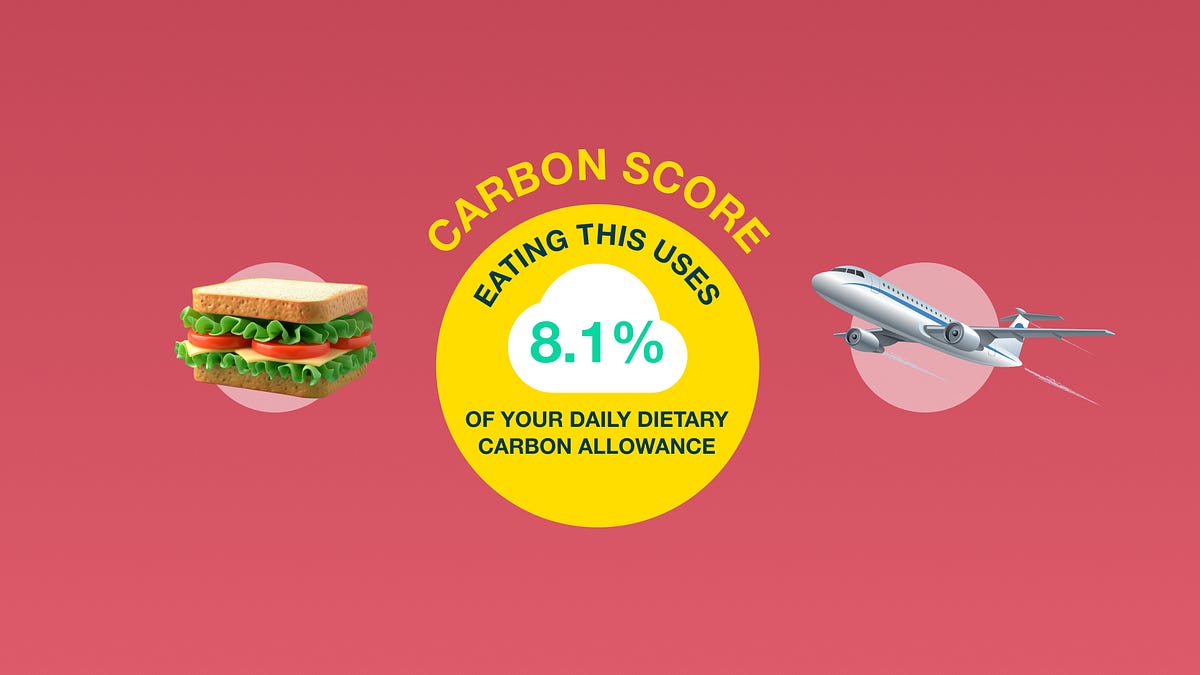
"A sandwich's carbon score highlights how even small daily choices connect to our wider environmental footprint. It's not unusual for people to share photos of their lunch. Now, they're sharing ready-made sandwiches labelled with carbon scores. These metrics show consumers how much of their "daily dietary carbon allowance" a humble sandwich consumes. As you can imagine, across social media, people expressed surprise not only at the scoring system but particularly at the idea of a "carbon allowance." But what is it really all about - saving the planet or selling virtue as a commodity?"
"Carbon economics In the UK, when you need a quick meal, you might discover a prepackaged sandwich in a store refrigerator labelled with a carbon score. These labels highlight the calculated carbon footprint for producing your favourite lunchtime staple."
Carbon scores on prepackaged food quantify the greenhouse gas emissions associated with production and assign a portion of a personal daily dietary carbon allowance to single meals. Visible labels on sandwiches make environmental impact immediately comparable to food choices and incentivize sharing on social media. Public reactions often focus on surprise at numerical allowances and the ethical implications of commodifying virtue. The labeling practice functions within carbon economics aimed at informing consumers, while raising questions about whether labels drive real emissions reductions or primarily grant symbolic credentials. Retailers and policymakers face tension between accurate accounting and reducing sustainability to marketable badges.
Read at Medium
Unable to calculate read time
Collection
[
|
...
]